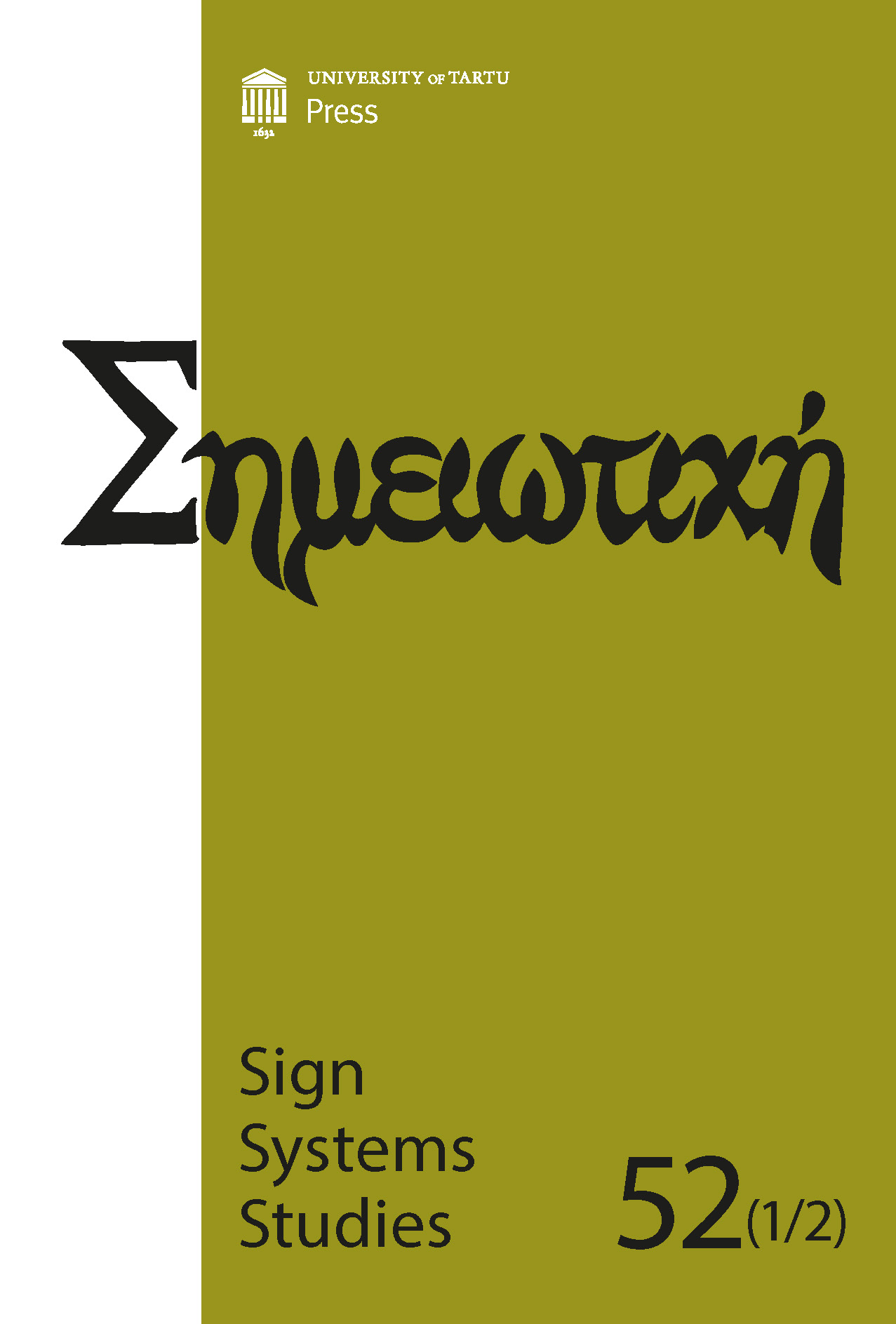Semiosis and embodied cognition: The relevance of Peircean semiotics to cognitive neuroscience
DOI:
https://doi.org/10.12697/SSS.2024.52.1-2.02Keywords:
cognitive neuroscience, Peircean semiotics, interpretants, Thirdness, neural multimodalitiesAbstract
Valentina Cuccio and Vittorio Gallese stimulated renewed interest in semiotic contributions to the cognitive neurosciences by bringing C. S. Peirce and his theory of signs to elucidate important notions that provide the foundation for understanding embodied cognition and its critical role in explaining both literal and figurative (abstract and concrete) concepts from phylogenetic and neurobiological perspectives. This is not surprising since Peirce always framed his theory of signs in terms of cognition, a point noted by many Peircean scholars (including David Savan, Ivo A. Ibri, Piotr Konderak and others). Cuccio and Gallese focus on Peirce at the level of Firstness, and include the important principle of abductive inference as well as iconicity (a principle of Peirce’s sign–object triad). In the following analysis, we identify other important contributions of Peirce for cognitive neuroscience and modelling of embodied cognition by shifting the lens from Firstness to Thirdness, from abduction and iconicity to Peirce’s theory of interpretants. Our analysis will include a presentation of the Peircean sign complex and its relevance in defining signification, semiosis, and synthesis (including acquisition, maintenance and production) of knowledge. Finally, we will argue that Peircean interpretants are essential to explicating the notion of embodied cognition as presented by Gallese and George Lakoff in their 2005 seminal work.
Downloads
Downloads
Published
How to Cite
Issue
Section
License
Copyright (c) 2024 Edna Andrews, Hayes Bierman, Brogan Hannon, Huijuan Ling

This work is licensed under a Creative Commons Attribution-NonCommercial-NoDerivatives 4.0 International License.


